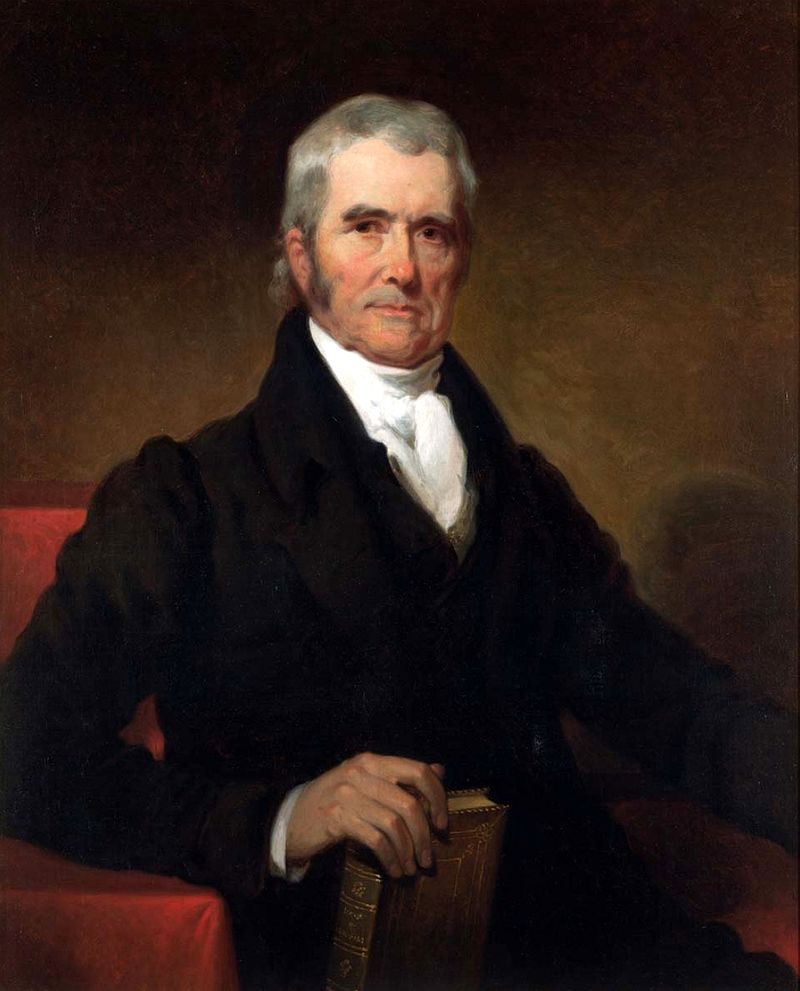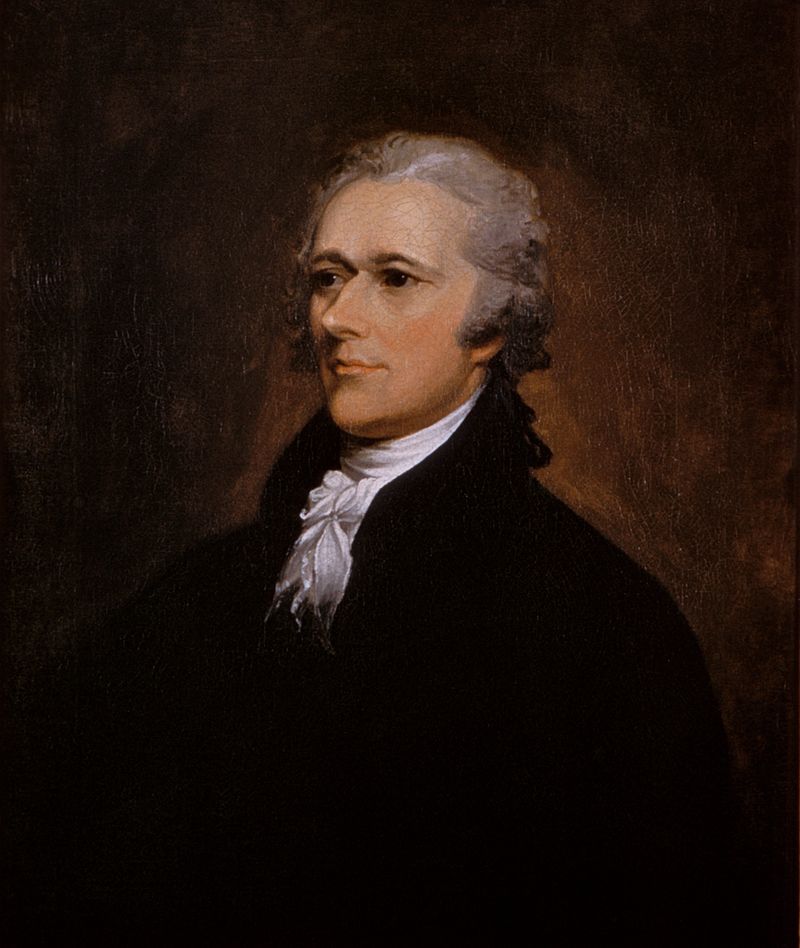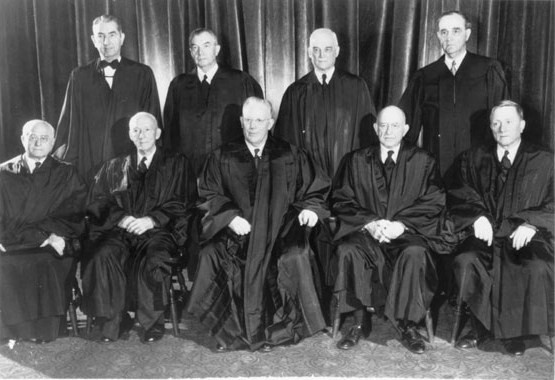Originally published by tiffany.dowell.
A recent case from the Texas Supreme Court offers a reminder about how disputes can arise from language used in a will when not carefully reviewed by an attorney. [Read full opinion here.]

Background
Vada Allen owned a 316 acre ranch in Robertson County. Upon her death, she was survived by her son, Bobby, and three grandchildren, Annette, Allison, and Stanley. Her will included the following provision:
Now Bobby, I leave the rest to you, everything, certificates of deposit, land, cattle, and machinery, Understand that the land is not to be sold but passed on down to your children, Annette Knopf, Allison Kilway, and Stanley Gray. Take care of it and try to be happy.
Bobby then conveyed the land in fee simple to Polasek Farms, LLC. At that point, two of his children (the third passed away previously), filed suit against Bobby, his wife, and Polasek Farms. The children argued that their grandmother’s will gave Bobby only a life estate, with the land passing to them upon Bobby’s death. Thus, he was unable to grant a fee-simple interest to Polasek as that was a greater interest than he held in the property.
Litigation
The trial court sided with Bobby and Polsak Farms, granting them summary judgment. The court held that the will granted fee-simple interest to Bobby and the language about the land not being sold but given to the children was an invalid disabling restraint. Thus, Bobby owned the land and his children had no interest in it.
The Waco Court of Appeals affirmed, finding that the land was bequeathed to Bobby and the language about passing the land down was merely an instruction to Bobby, rather than an actual gift to the children. One justice issued a dissenting opinion and would have found the language to be ambiguous, thereby refusing to grant summary judgment and letting the case proceed to trial.
Texas Supreme Court Opinion
“The cardinal rule of will construction is to ascertain the testator’s intent and to enforce that intent to the extent allowed by law. We look to the instrument’s language, considering its provisions as a while and attempting to harmonize them so as to give effect to the will’s overall intent. We interpret the words in a will as a layperson would use them absent evidence that the testator received legal assistance in drafting the will or was otherwise familiar with technical meanings.”
Under the law, a conveyance of land is presumed to be in fee simple, unless limited by express words. There are, however, no magic words that must be used to create a life estate. The Court explained that a life estate is created “where the language of the instrument manifests an intention on the part of the grantor or testator to pass a grantee or devisee a right to possess, use, or enjoy property during the period of the grantee’s life.”
Looking at the language in this case, the Court seemed to have no problem determining that Mrs. Allen intended to create a life estate. “We need only read the provision as a whole to see a layperson’s clearly expressed intent to create what the law calls a life estate.” The will granted the land to Bobby, subject to the limitations that he not sell it and he pass it down to his children. This, the Court held, represents the “essence of a life estate.”
The Court rejected the argument that the language about not selling the land was an invalid disabling restraint. The Court said that it was taking those words out of context to focus on only the limitation on selling rather than the entire clause. Instead, the language was a part of Mrs. Allen’s intent to grant a life estate.
Thus, the Court reversed the lower court decisions, holding that the will granted Bobby a life estate and his children the remainder interest. Because of this, Bobby’s attempt to convey fee simple ownership to Polsak Farms was invalid.
Take Aways
Drafting a will can be tricky business. Here, Mrs. Allen likely did not know the legal definition of “life estate” when she attempted to draft the provision in her will disposing of the ranch. This case offers a reminder that in order to ensure a testor’s wishes are carried out, and to avoid disputes over a will, having an attorney draft or at least review a will is extremely important. In this case, had Mrs. Allen sought out an attorney who had helped her craft language stating that she granted Bobby a life estate with remainder interest to his children, it’s possible that a family feud could have been avoided. Additionally, the legal fees that Mrs. Allen would have spent to have an attorney help with her will were likely minuscule compared to the legal fees spent by her family in taking this lawsuit to the Texas Supreme Court.
The post When Grandma’s Will Causes a Family Feud appeared first on Texas Agriculture Law.
Curated by Texas Bar Today. Follow us on Twitter @texasbartoday.
from Texas Bar Today https://ift.tt/2IUNtgM
via
Abogado Aly Website
![]()
![]()
![]()
![]()
![]()
![]()
![]()
 The
The 





 Duncey’s Caps, Inc. hired Bud Dunop as its new human resources manager for 2018. Bud quickly determined that Duncey’s needed a formal employee policy handbook. Included within the handbook was an arbitration agreement requiring employees to arbitrate all claims against Duncey’s relating to the employee’s employment.
Duncey’s Caps, Inc. hired Bud Dunop as its new human resources manager for 2018. Bud quickly determined that Duncey’s needed a formal employee policy handbook. Included within the handbook was an arbitration agreement requiring employees to arbitrate all claims against Duncey’s relating to the employee’s employment.